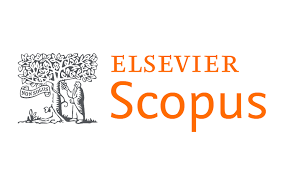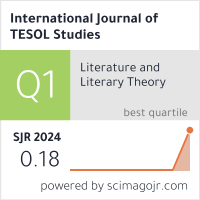2632-6779 (Print)
2633-6898 (Online)


Scopus
Ulrich’s Periodicals Directory (ProQuest)
MLA International Bibliography
MLA Directory of Periodicals
Directory of Open Access Journals (DOAJ)
QOAM (Quality Open Access Market)
British National Bibliography
WAC Clearinghouse Journal Listings
EBSCO Education
ICI Journals Master List
ERIH PLUS
CNKI Scholar
Gale-Cengage
WorldCat
Crossref
Baidu Scholar
British Library
J-Gate
ROAD
BASE
Publons
Google Scholar
Semantic Scholar
ORE Directory
TIRF
China National Center for Philosophy and Social Sciences Documentation
Ning Yan
Beijing No. 4 High School, China
Andre DL Batako
Liverpool John Moores University, UK
Abstract
Distance learning offers an affordable and convenient way to study and improve one’s knowledge in one’s spare time. This trend has been accelerated by information and communication technologies that have pushed to new boundaries the ways in which online learning is undertaken. The prevalence of such learning has greatly increased during the COVID-19 pandemic, enabling education in a relatively safe environment. This paper studies how satisfied learners are with such learning. It also looks at interactivity and communication self-efficacy and the effects on student satisfaction with online courses. Analysis of these factors and their cross-effects was undertaken using a case study in a virtual online classroom of 75 students. A questionnaire was designed (with a reliability coefficient of 0.93) and the results were analysed using correlation analysis and ANOVA in SPSS. Satisfaction of students with the course significantly correlated with satisfaction with the online discussion, and positively correlated with satisfaction with course content. The student perception had a significant impact on communication self-efficacy and the interactivity. The results revealed that the key indicating factors for the satisfaction were course content and structure, and the quality of online discussions.
Keywords
Student satisfaction, perception, interactivity, self-efficacy, online learning, COVID-19 pandemic